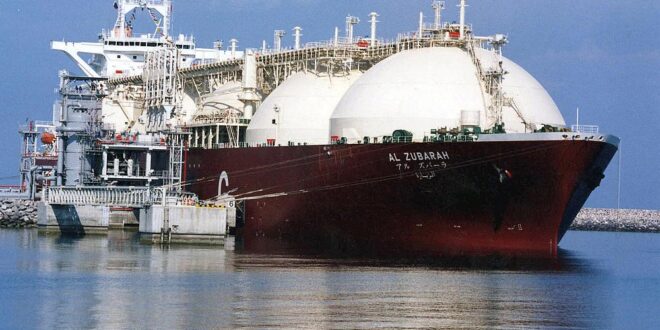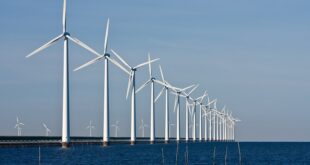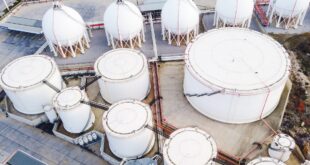China is back on the spot LNG market to seek cargoes for the coming winter, potentially upsetting a fragile balance in the global natural gas market just as Europe has reached its gas storage target well ahead of the November 1 deadline.
Following a record slump in Chinese gas demand and LNG imports last year prompted by Covid-related lockdowns, China’s gas consumption has risen so far this year compared to 2022, although it’s still below the growth seen up to 2021.
In recent months, China has signed a lot of long-term LNG supply deals, including with the top exporters, the United States and Qatar. But China is also back on the spot market with a massive tender for cargoes to be delivered later this year and throughout 2024.
Intensified competition from China and other Asian buyers could leave Europe in an even more vulnerable position regarding supply for the 2023/2024 winter by driving prices higher and attracting more LNG cargoes to Asia than EU buyers would have liked.
China’s state-owned energy giant Sinopec, via its trading arm Unipec, has recently issued a tender seeking to buy as many as 25 LNG cargoes between October 2023 and December 2024, trading sources familiar with the plans told Reuters this week.
Sinopec is looking for offers to buy one LNG cargo for delivery in October, five cargoes for November, and seven for December 2023. The rest of the 25 cargoes will be delivered one each month in 2024, according to Reuters’ sources.
Sinopec’s trading arm may have plans to resell all or some of those cargoes later and not use them for China’s domestic gas consumption. Whatever the case may be, that’s the biggest tender by a state-held Chinese buyer to seek LNG cargoes on the spot market since February this year, Bloomberg notes.
Lockdowns and slower economic growth led last year to the first annual drop in China’s gas consumption since 1990, while China’s LNG imports slumped by 20%, mainly due to reduced demand and high LNG spot prices.
This year, Chinese gas demand increased by 5% year-on-year in the first half of 2023, thanks to higher demand in the power and industrial sectors, Miaoru Huang, Research Director, Asia Pacific Gas and LNG, at Wood Mackenzie, wrote in a note earlier this month.
China’s domestic gas production is growing, and pipeline supply from Russia to China is also on the rise. But LNG net imports into China in the first half of 2023 also rose, by 6% year-over-year, Huang noted.
Going forward, “China will seek more influence on LNG pricing, and on the back of improving flexibility in its gas value chain, it could increasingly act as a swing market in the global LNG supply-demand balance,” Huang says.
China’s ‘swing market’ role could be tested as early as this winter, especially if winter in Europe and/or Asia is colder than usual.
“We go into this winter with Europe being fairly high-stocked,” Colin Parfitt, vice president of Midstream for Chevron, said at the Gastech 2023 conference in Singapore last week.
However, Parfitt warned about possible high volatility if winter is colder.
“My view is we’re not out of the woods yet, and we may not be out of the woods for a couple of years until this new supply comes up,” Parfitt said, as carried by Reuters.
Despite high levels of gas stocks and reduced gas consumption and imports, Europe’s biggest economy, Germany, is not out of the woods in terms of gas shortages, German industry and government have been warning for months.
The supply situation on the global LNG market could further worsen just ahead of the heating season with the ongoing dispute between Chevron and trade unions over pay and work conditions at two export facilities in Australia, which collectively account for 5% of global LNG supply.

 Iran Energy News Oil, Gas, Petrochemical and Energy Field Specialized Channel
Iran Energy News Oil, Gas, Petrochemical and Energy Field Specialized Channel



